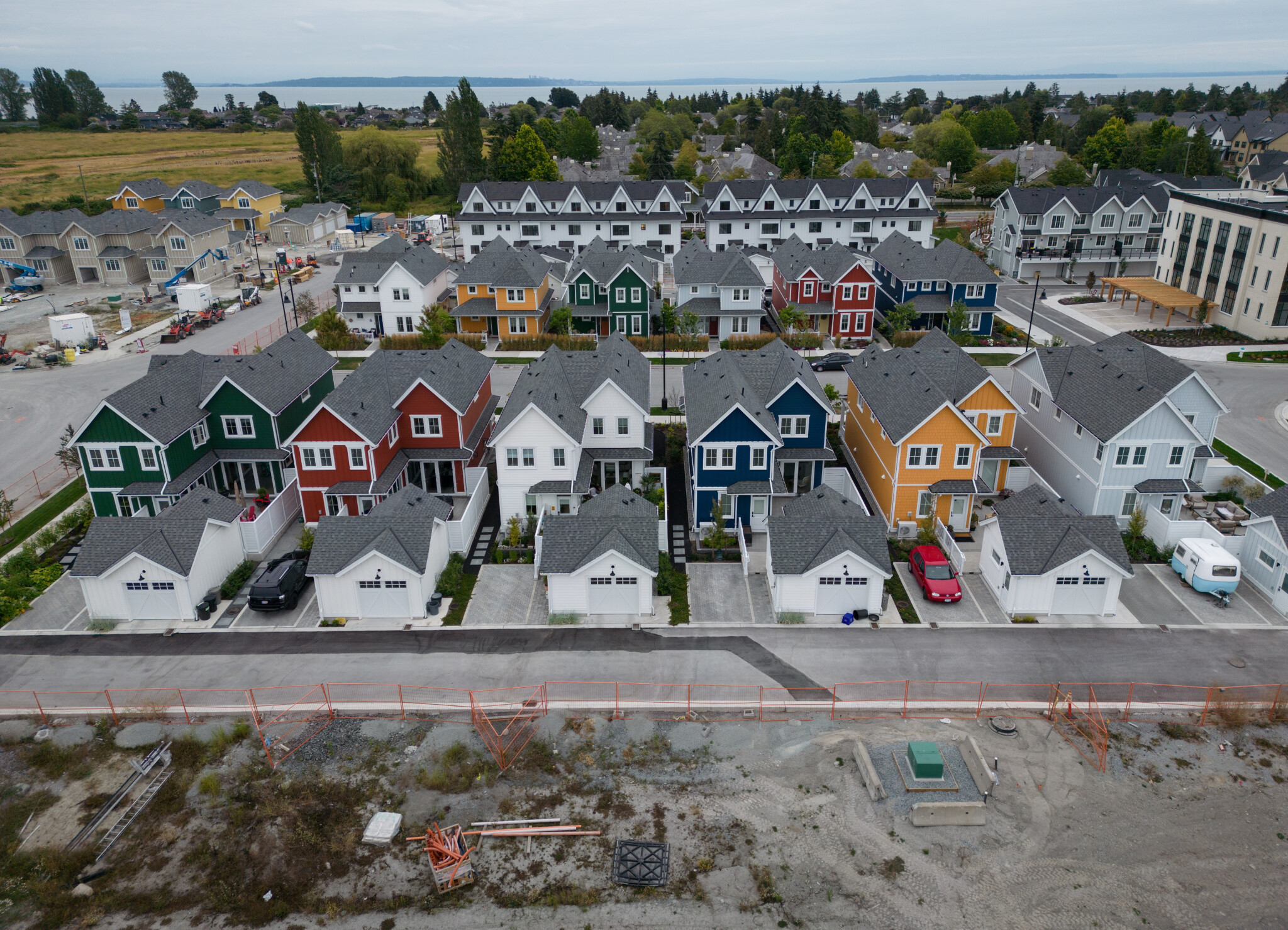Prime Minister Mark Carney’s weekend announcement of Build Canada Homes, a new federal housing agency, is a step backward in addressing Canada’s housing affordability crisis. The error lies in the government’s own diagnosis of the problem.
For the better part of a decade, we argued about why homes in Canada have become so expensive and what governments should do about it. In the past few years, a rough political consensus finally emerged. Unsustainable levels of immigration had overheated demand. And government policies such as zoning, approvals, and fees—particularly at the local level—created a structural gap between supply and demand.
In response, the best thing that federal policymakers could do (besides bringing immigration levels back to a sustainable pace) was to incentivize municipalities to liberalize land-use rules and reduce development charges. This was key to enabling markets to do what markets do, which is bring supply and demand into equilibrium.
The different parties had different ideas on how to do this, but their basic understanding of the problem was the same. The Trudeau government’s Housing Accelerator Fund, for instance, was explicitly presented as a way to remove policy barriers to market-based development. The prime minister himself spoke about the need to “cut red tape,” and his housing minister (now the justice minister) even talked about how municipal policy made it “literally illegal” for the market to build enough homes.
Build Canada Homes resets the government’s understanding of the problem. Read the launch materials, and you won’t find a plan to take on municipal gatekeeping or development charges. Instead, you’ll find promises about “fighting homelessness,” building “deeply affordable and community housing for low-income households,” and other nods to “transitional and supportive housing.”
We may or may not need more social housing. That’s an interesting question. But that’s not the source of Canada’s housing affordability crisis. It’s that Canadians well above the median income cannot afford housing in various cities across the country. Unless Ottawa intends to extend the provision of social housing far up the income distribution, Build Canada Homes is a response to less than 5 percent of the housing continuum.
Which makes sense when one considers that it’s targeting to add something between 4,000 and 5,000 new homes, which is the equivalent of about 1 percent of the number of new homes that the government says that we need each year to improve affordability. And that’s before accounting for the risk that federal builds displace private activity rather than add to it.
This is why the Carney government’s plan feels like a reversion. The policy conversation had finally converged on the core bottlenecks to the market’s capacity to build more homes. The Housing Accelerator Fund’s best deals used federal leverage to push cities into upzoning, pre-zoning, legalizing “missing middle” forms, and cutting fees that act like a tax on new supply. Build Canada Homes pivots away from that structural work toward direct federal delivery of non-market projects.
There’s another risk. When the federal government declares itself a builder of first resort, municipalities have less incentive to fix their own rules. Why tough out local opposition to four- and six-plexes if Ottawa will write a cheque for a small number of units on federal land? The political economy here is perverse: federal builds can crowd out the urgency for systemic municipal reform even as they barely dent the national shortage.
None of this says social and supportive housing don’t matter. But the real housing crisis is a market scarcity problem. It requires market-scale solutions: legalize more housing types, reduce the cost and time to build, and align population inflows with construction capacity so we aren’t pouring demand into a fixed pipe. The federal government’s comparative advantage is setting conditions and incentives, not acting like a national developer.
By reframing the challenge as primarily one of non-market production, Build Canada Homes essentially guarantees under-performance. It addresses a narrow segment of housing while the wider market remains constricted. If your policy won’t move the big levers—zoning, approvals, and fees—you shouldn’t expect big results.
The tragedy is that we were getting close to a workable consensus: Ottawa uses its chequebook to reward cities that liberalize land-use and cut costs; provinces standardize and enforce pro-housing rules; the federal government calibrates immigration to what the system can absorb; and the private sector does the heavy lifting of building homes for all income tiers.
That’s the path to scale. A new federal agency that aims to add a few thousand non-market units while promising more down the road is not.










